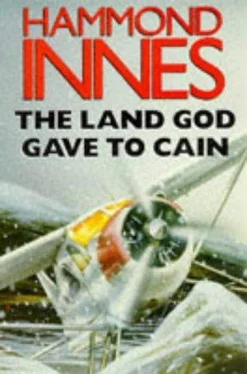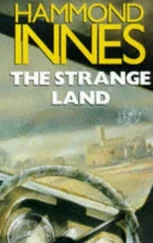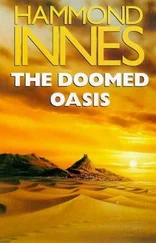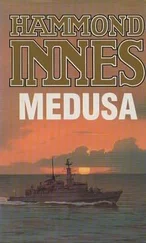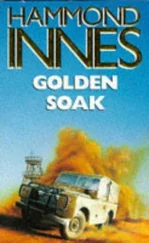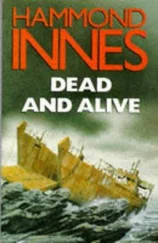The article was sent to me by Laroche, and in his covering letter he said they had no desire to take legal action, but at the same time they had decided it would be better if the truth were known. He knew I had written what amounted to a journal of my three weeks in Labrador, for I had shared his room in hospital, and now he wanted me to send it to a Canadian newspaper for publication. ‘It is better that it should come from you,’ he said at the end of his letter, ‘than from any of those directly involved — least of all myself. You were throughout the inquiring stranger seeking the truth.’
This I have tried to bear constantly in mind through the long months of writing. And I hope that, in the result, I have done justice to two people for whom I have a great admiration and whose lives have been bedevilled by a tragedy that was not of their making. And in conclusion, I feel I cannot do better than quote the final passage of the diary of that extraordinary woman, Alexandra Ferguson:
And so, with God’s help and the courage of the men I took with me, I have returned safe out of the Labrador, having been in that forsaken country one hundred and four days. I left my small son and my home in Scotland to search for the truth of my dear husband’s death, and now in this I have failed. I shall not go into that land again, but shall give this record to my son on the day he comes of age, and may the good Lord guide him to that lake and to the truth, whatever that may be.
AUTHOR’S NOTE
The Land God Gave to Cain is the result of two journeys I made into the Labrador. The first was in 1953, just before the big freeze-up. At that time the ‘Iron Ore Railway’ was still under construction, steel having been laid only as far north as Mile 250.1 saw the whole of it, from the terminal at Seven Islands on the St. Lawrence to the geologists’ camp of Burnt Creek, 400 miles into the interior, living in the construction camps and travelling first by train and track motor, then by truck and car and on foot, and finally by the bush pilots’ floatplanes, and even by helicopter.
That I was able to cover so much ground, and see so much of a country that hardly a white man had seen before the railway came, was due in the first place to Hollinger-Hanna, the Iron Ore Company of Canada, and the Quebec North Shore and Labrador Railway, and I am greatly indebted to these companies for the exceptional facilities they gave me and for their kindness in insisting that I should be their guest in the camps.
Once having been granted these facilities, it was left to me to make my own way, and in this I was never without friends — particularly amongst the engineers with whom I lived. There were the pilots, too, and the radio operators, and the men themselves; without exception they put themselves to great trouble and personal inconvenience to give me as complete a picture as possible of this astonishing project. They are too numerous to mention individually, but should they read this, I would like them to know that I remember them vividly and with affection, for they were very real people. I would also like to make it clear that, whilst I have had to make use of certain executive titles, the names and characters of the men occupying these positions in the book, and their actions, are purely imaginary.
The second visit was made three years later when the book was half-completed. I was on my way up to the Eskimo country to the northwest of the Hudson’s Bay and I stopped off at Goose — primarily to check up on my description of this isolated community, and also to work out a satisfactory basis for the expedition’s radio link. Here, Mr Douglas Ritcey of Goose Radio, who is himself a ‘ham’ operator, was most helpful, and I would like to record that he has allowed me to use his own radio set-up as the basis of Ledder’s.
Altogether I travelled some 15,000 miles in quest of the material for this book — one of the most interesting journeys I have undertaken. I sincerely hope that, in the result, I have achieved my purpose of conveying a picture of one of the last great railways to be built, the sort of men who built it, and not least of all some idea of the bleak and desolate nature of the Labrador itself.
